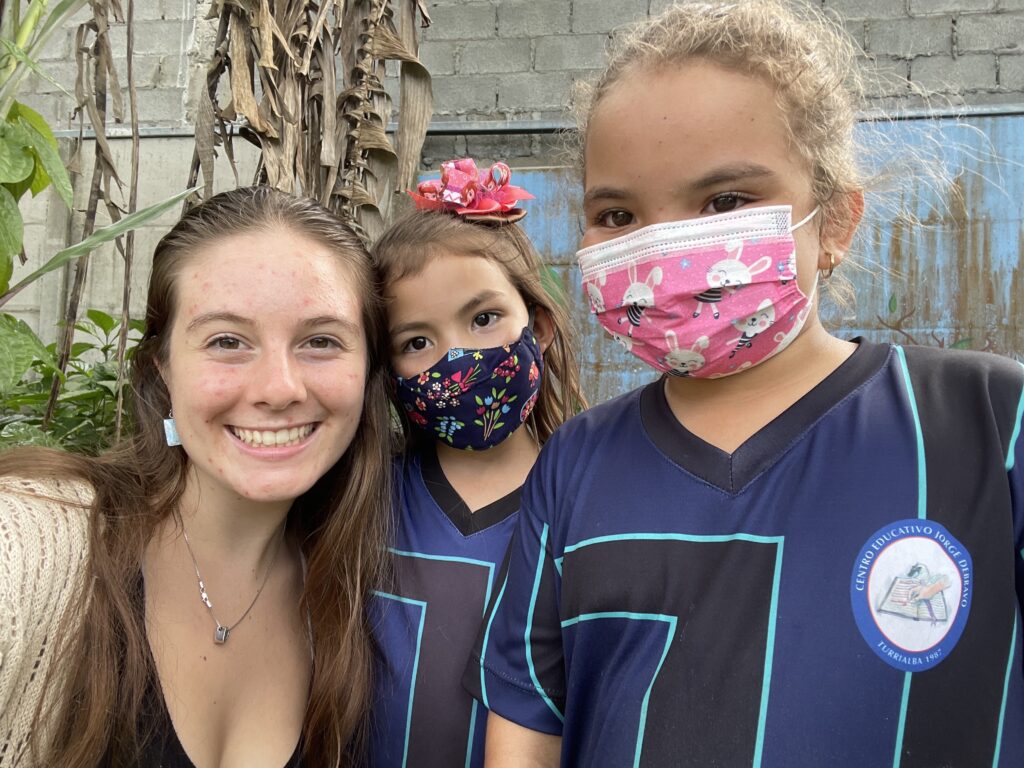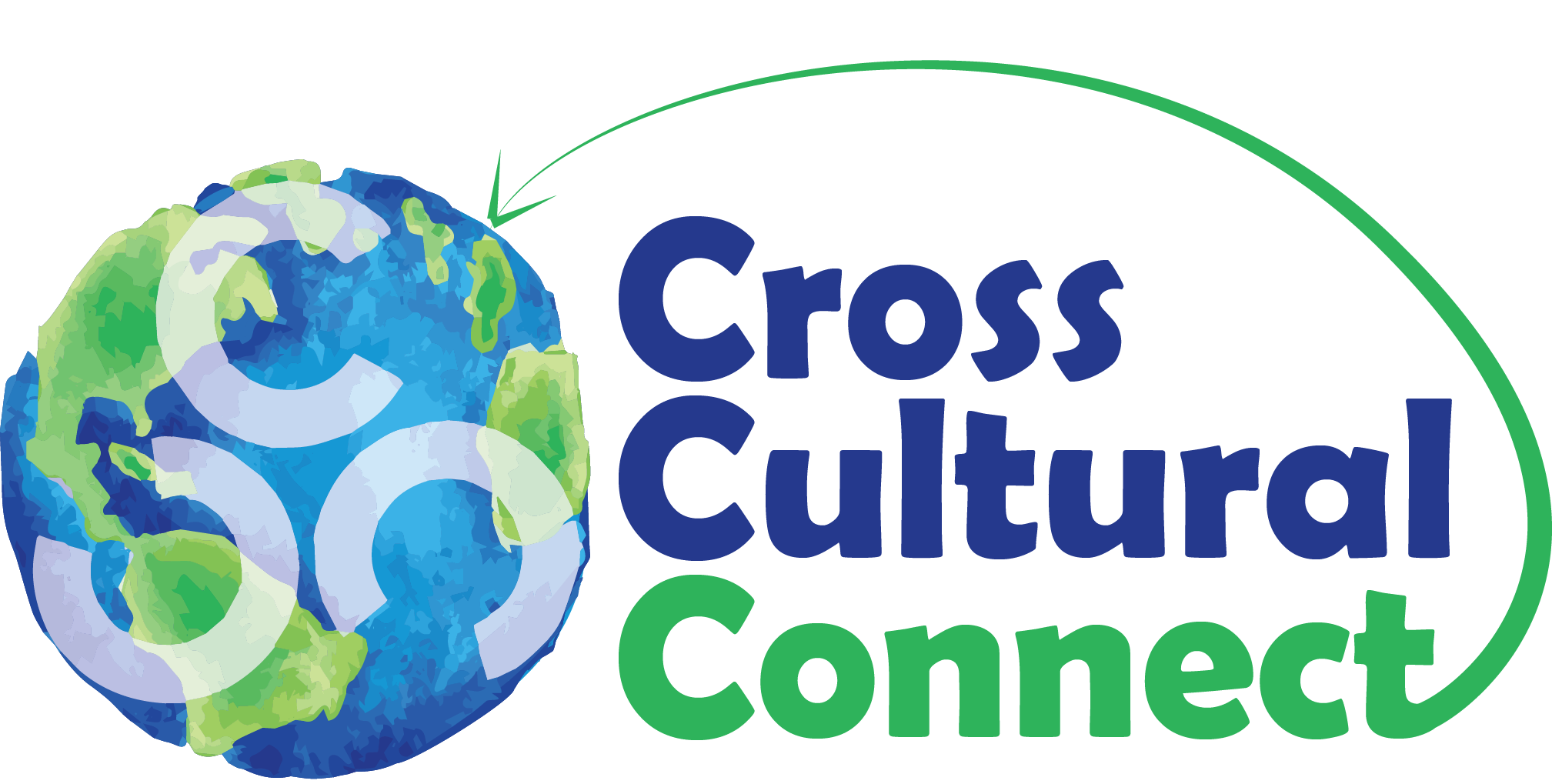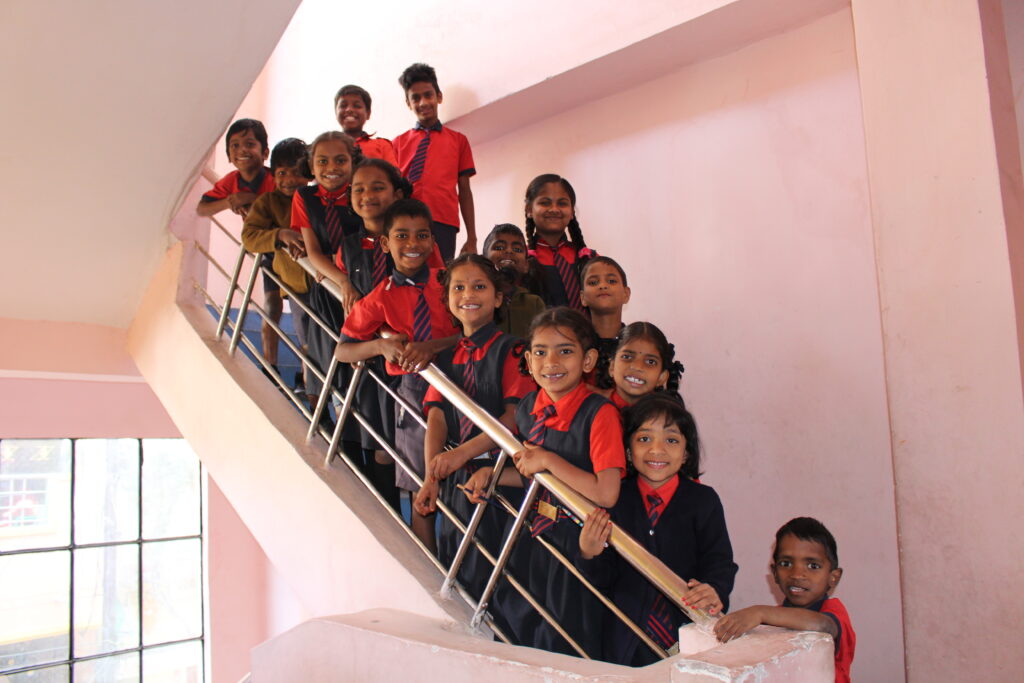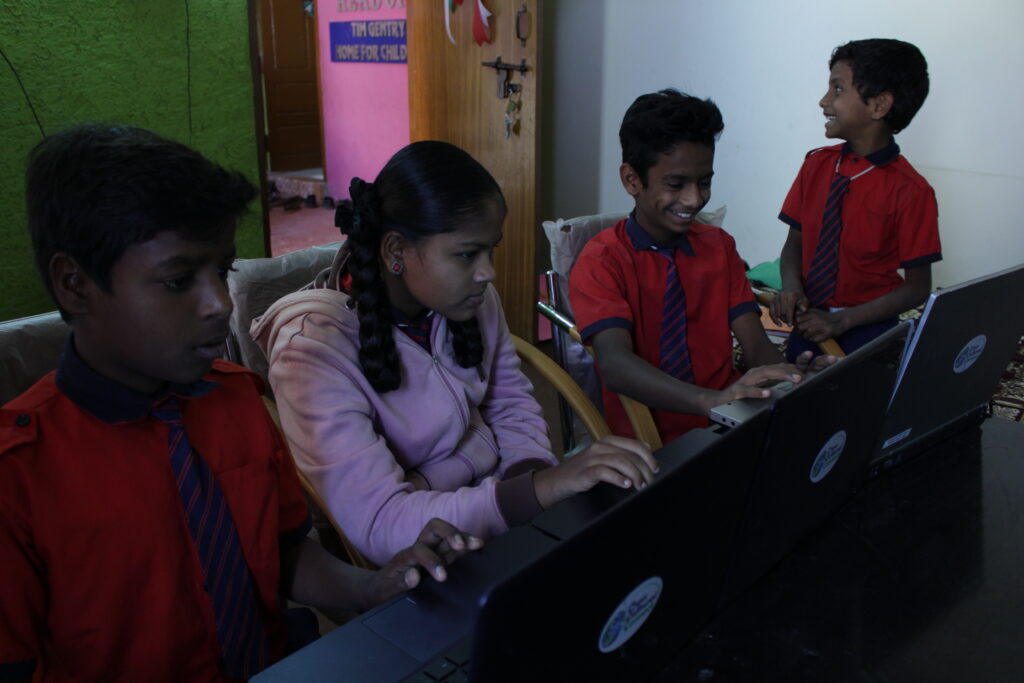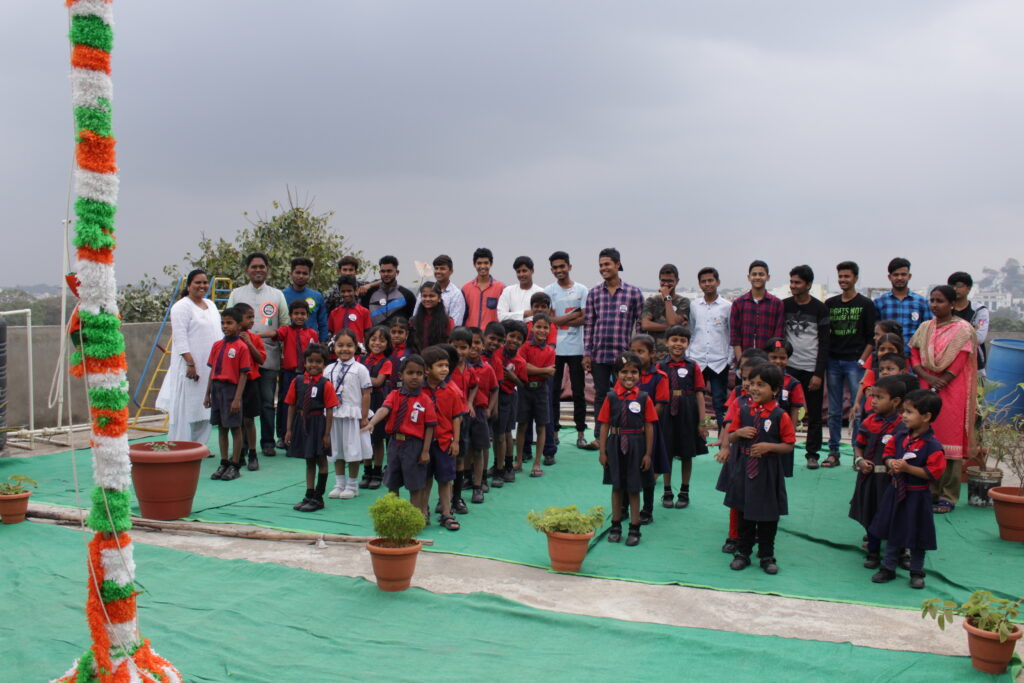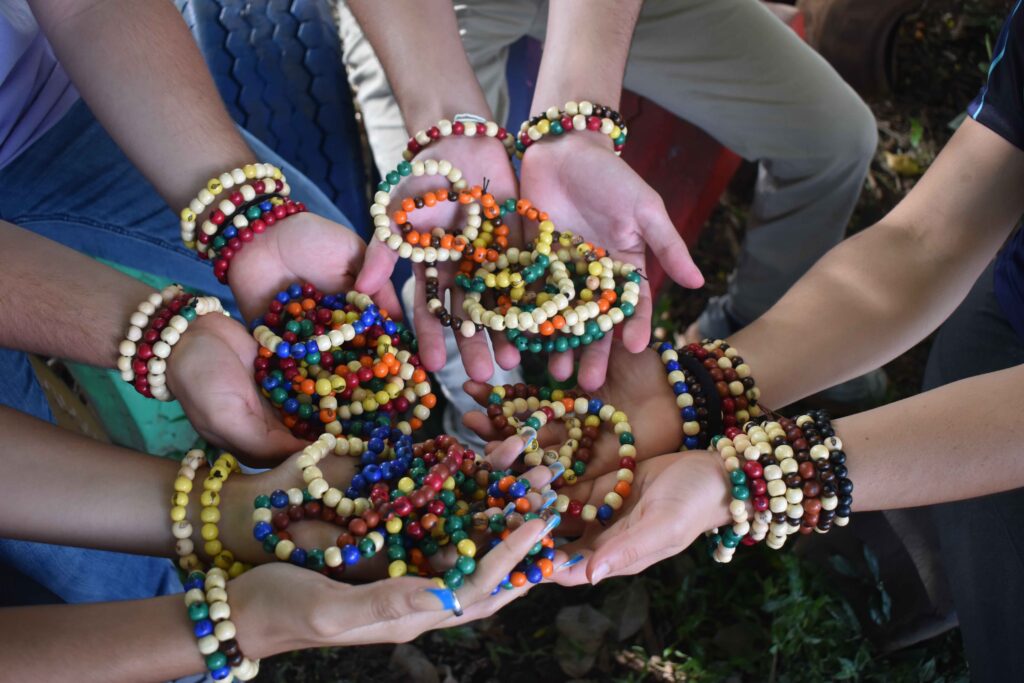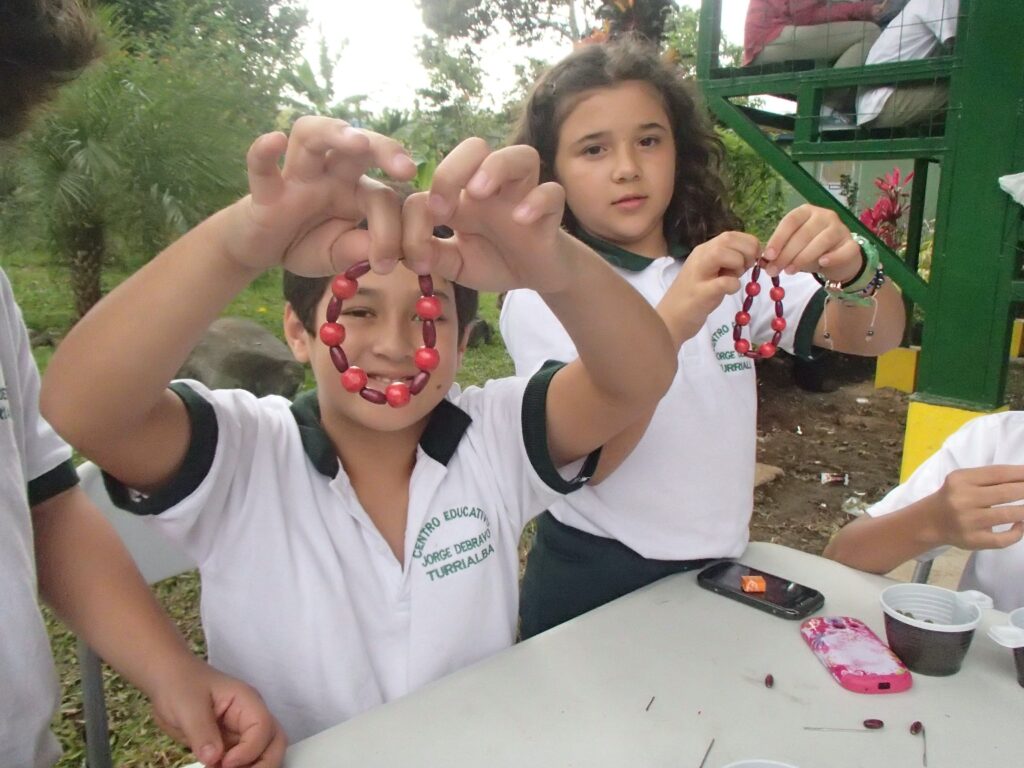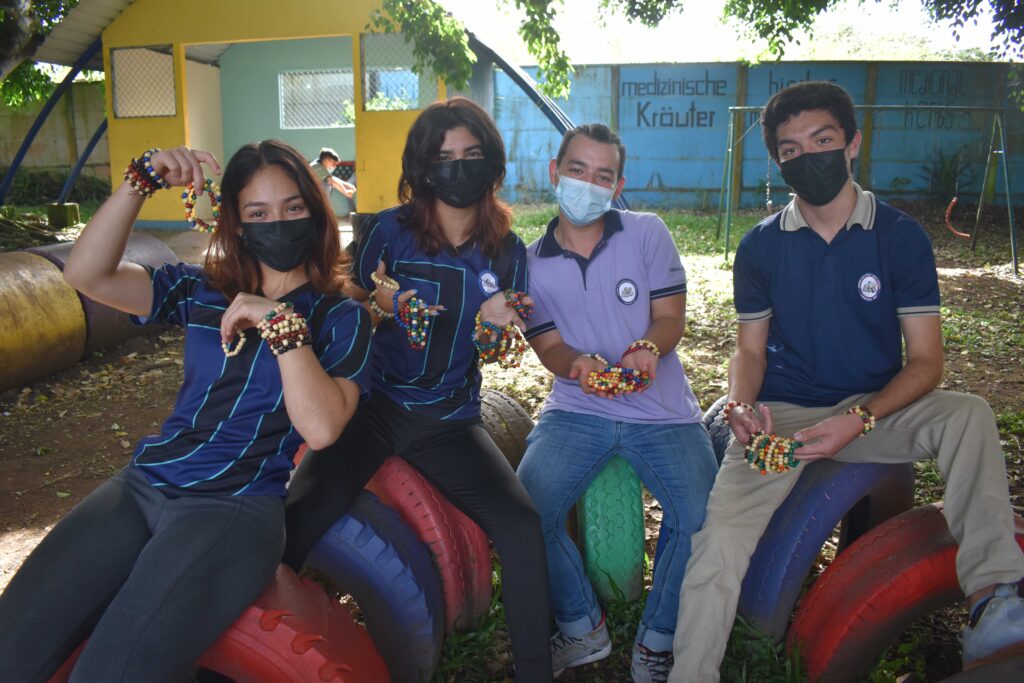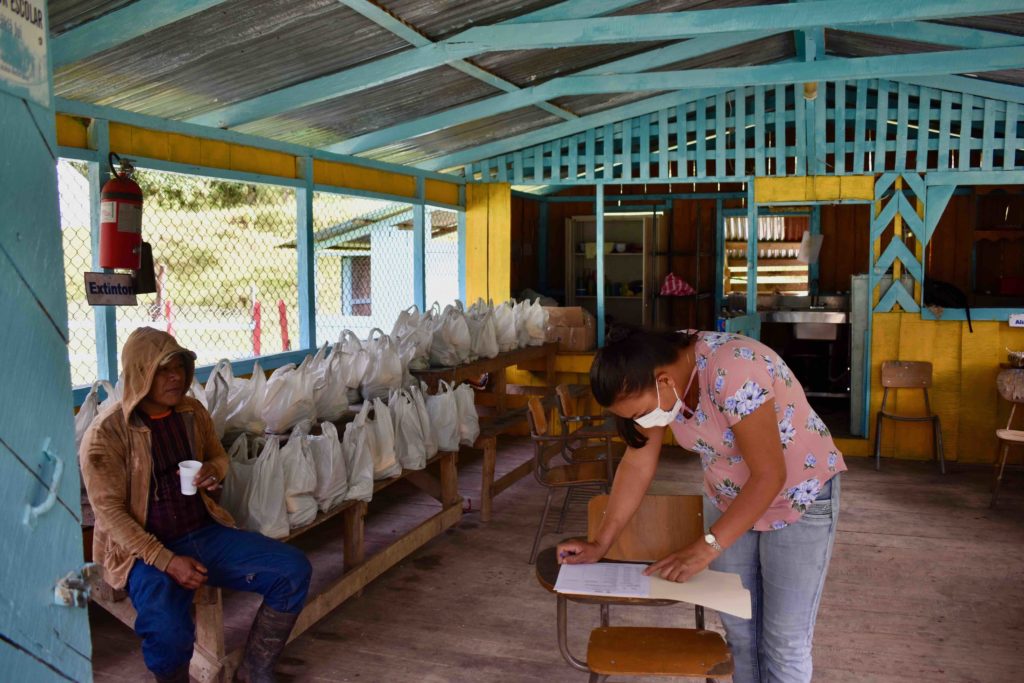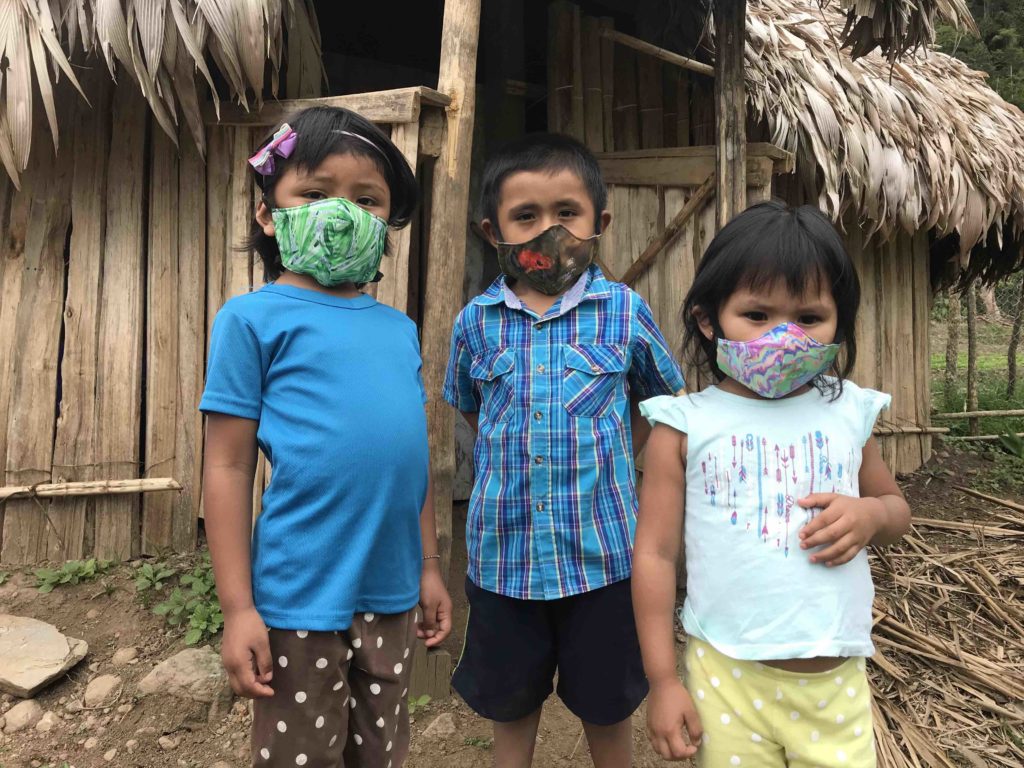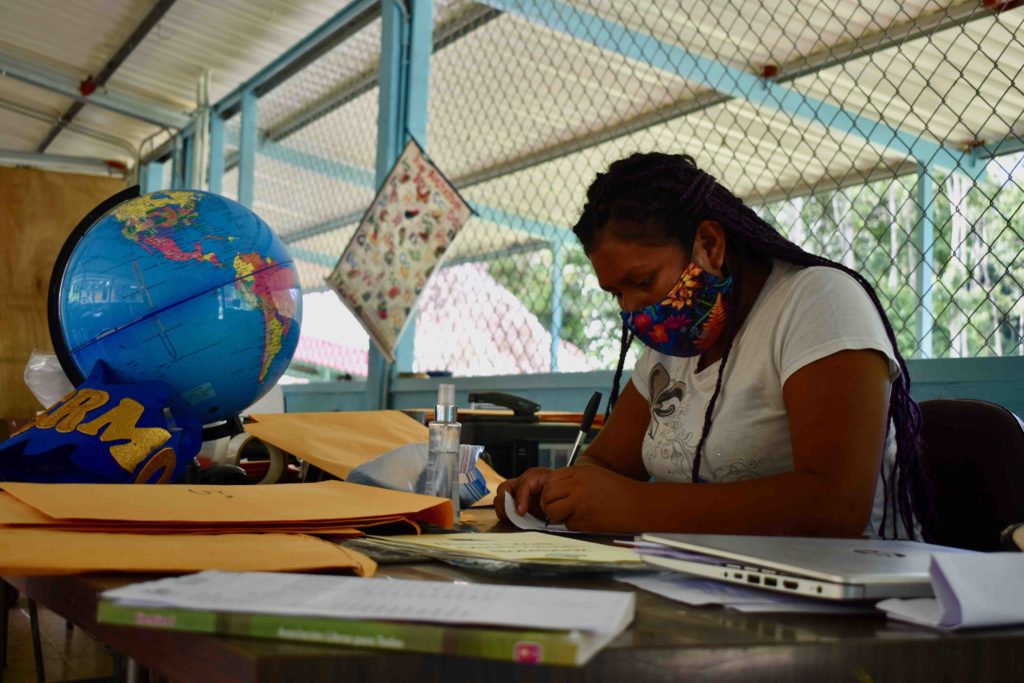This semester, I had the privilege of studying abroad in a rural city in Costa Rica called Turrialba. I lived at CATIE, an agricultural research center supporting farmers across Central America, and I had the opportunity to learn about agroforestry and sustainable farming practices. It was incredible. I’ve always been interested in sustainable food systems, so learning about CATIEs research while they were performing experiments and gathering data was an educational experience I’ll never forget. Then, taking my education a step further, I had the opportunity to put in place some of the connections I was making through a partnership with Cross Cultural Connect and Jorge DeBravo Educational Center, a local school.
With the help of many cool humans and skillsets, I helped spearhead a composting project on Jorge DeBravo’s campus. I researched different types of composting bins, prioritizing low cost and lower levels of maintenance so that the bin could be affordable and didn’t require a lot of human labor to the point that it would be a burden to the school. We also wanted a design that would still be pretty if it was forgotten for a few years because the buy-in behind the bin slowed. We landed on a design utilizing bamboo poles, chicken wire, and wooden pallets to build our bin, with all of our materials either being recycled or from a local adventure place (see image below). After building the bin, utilizing the skillsets of Kayla Angstadt and Ismael Rojas, the bin was ready to start turning food waste into nutrients!
After the bin was built, Ismael and his second-grade project class did a unit on composting, where Ismael taught his students how compost bins can turn food waste into fertilizer that can help new plants grow. He taught his students how compost bins need a balance between nitrogen (grass cuttings, food waste) and carbon (dry leaves, sawdust), and has them collect leaves for the bin weekly. The second graders are now the caretakers of the bin, making sure that it’s decomposing correctly with a balance of leaves and food waste, and stirring it so it decomposes faster. I loved watching the second graders compete on who could collect the most leaves, stacking leaves higher than the child holding the container at some point (image below). I had so much fun working and learning with them.
On the other side of the school, I led a composting session with the 11th graders, teaching about how food waste releases some carbon dioxide when it decomposes naturally, but when it decomposes in a landfill, the waste releases methane. Methane is a greenhouse gas that is 25% more potent than carbon dioxide at trapping heat in the atmosphere. The 11th graders helped put the finishing touches on the composting bin and created educational signs for the school on what types of food could go into the bin and what food could not. I personally loved this part of the project, because I connected with the 11th graders over music tastes, art skills (and my lack thereof), and just spending time with them.
As part of this portion, my social problems class visited the 11th graders, and they gave us a tour of the school. We talked about our lives, finding commonalities and differences, but my favorite part was talking about our various future paths. I loved hearing my partners’ dreams for the future (medical school and building businesses) and sharing my own (continuing my travels to learn about the world from the people living in it). During this session, we did a section on what problems are most pressing for them in Turrialba, in which one of the main issues was identified as waste management because a lot of waste produced ended up in the river. To me, learning about what my new friends were facing right then was eye-opening and real. These understandings mattered more than any math or grammar lesson because these lines of empathy and connection across divides are the future, and is how the world will have to work together to face the major issues we need to tackle together, like climate change. The issue of waste management was also cool because it connected back to the compost bins: compost bins are one direct way at finding better waste management solutions. This composting project filled a direct need identified by my Costa Rican counterparts, and it feels very purposeful to know I helped make it happen.
Using what I learned in school and from CATIE and getting to implement my education in a meaningful and impactful way is the definition of learning by doing and is how I want to continue my education moving forward. I learned so much from the relationships between CATIE, Verto Education, Cross Cultural Connect, Jorge DeBravo, and this project, and I hope that I made the same kind of impact on others’ lives that they made on mine. I have no doubt the compost bin will flourish under the watchful eyes of Ismael and the second graders. Who knows, maybe some of the second graders will take what they learned with our compost bin to build a new one somewhere else. After all, every connection, every step towards a solution compounds to create more impactful change that is so needed in our future together.
Side note: if you’re interested in building your own bin, I have linked some other models. The DIY tumbler is really nice for levels of maintenance (you just spin it 3-4 times a week) if you can find a big enough barrel and a barrel for a decent price. We didn’t use the tumbler idea because we needed something a little bigger to support the school, but it is the model that I recommend. Or worm bins but those don’t work well in hot climates like the tropics. Here are some other ideas for different compost bins. Let me know if you have any questions!
LinkedIn: https://www.linkedin.com/in/marie-m-foster
Instagram: _._.marie_._
